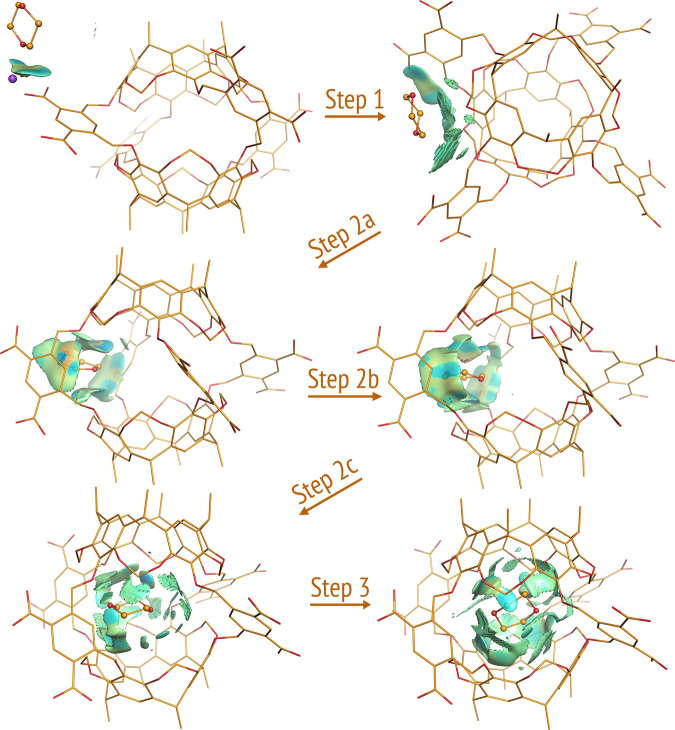Fig. 3. Three common steps of the 26 Octacid4•1,4-dioxane self-assembly pathways at 298 and 340 K.
Octacid4 and 1,4-dioxane are in the stick and stick-and-ball models, respectively. Carbon, oxygen, and sodium are in orange, red, and purple, respectively. Hydrogen, counter ion, and the 1,4-dioxanes in the bulk phase are not displayed for clarity, except for the ion that chelates 1,4-dioxane. The noncovalent interaction gradient isosurfaces show the intermolecular interactions using a blue–red scale with blue indicating strong attractions and red indicating strong repulsions. All conformations shown here were obtained directly (no energy minimization) from Simulation 76 of the 100 6320-ns simulations at 298 K. The isosurfaces reveal no repulsion but increasing attraction between the two molecules throughout the pathway.

